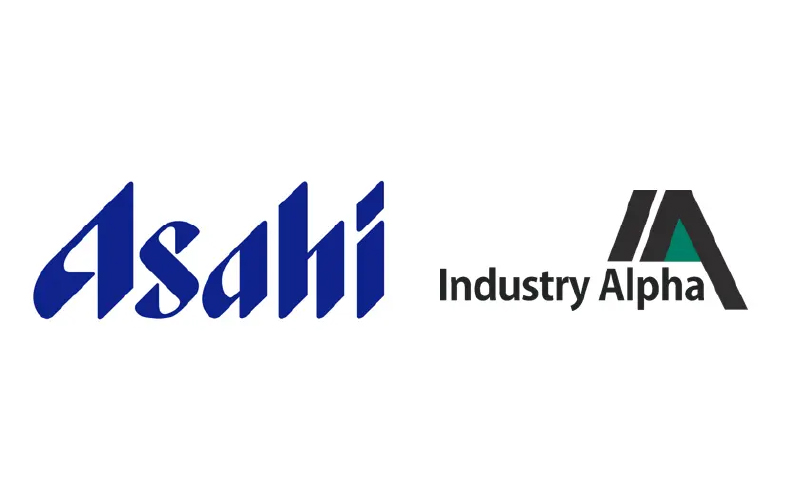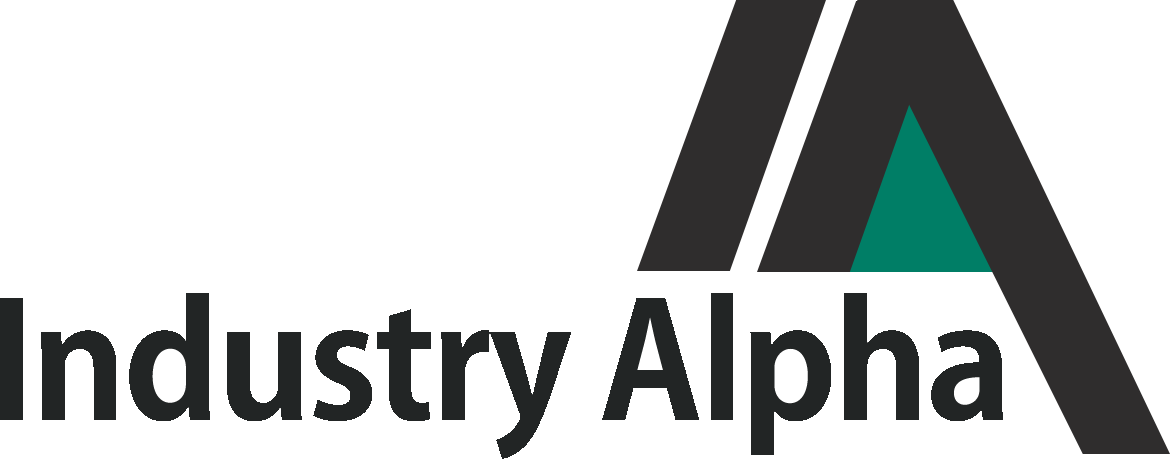【Manned Forklift × AMR】Industry Alpha Begins Work Analysis of Existing Forklifts to Automate Asahi Beverage’s Logistics Center Using AMR

Promoting Automation through Forklift Work Analysis
Industry Alpha Inc. (Headquarters: Itabashi-ku, Tokyo; CEO: Takumi Watanabe; hereinafter “Industry Alpha”), which develops smart factory and warehouse solutions, has begun forklift work analysis and automation planning at the logistics center of Asahi Soft Drinks Co., Ltd. (Headquarters: Sumida-ku, Tokyo; President: Taichi Yonome; hereinafter “Asahi Soft Drinks”), a beverage manufacturer.
Industry Challenges
The manufacturing and logistics industries are facing labor shortages due to factors such as population aging and declining birthrates, increasing the need for automation. Among these challenges, the shortage of forklift operators is particularly severe, and many sites are seeking to reduce the number of forklifts required for operations.
Until now, the use of AGFs (Automated Guided Forklifts) has been pursued, but technical difficulties have posed significant barriers, and actual implementation on site has been slow. Attention is now focused on semi-automation through the combined use of AMRs (Autonomous Mobile Robots) and manned forklifts. In this approach, manned forklifts continue to handle complex loading and unloading tasks that are difficult to automate, while AMRs handle other transport tasks. For example, a forklift unloads pallets from a truck, and the AMR then autonomously transports the pallets to their destination.
A key initial challenge in such automation is calculating “how many AMRs are needed,” “how many forklifts can be reduced through automation,” and “what cost-effectiveness can be expected.” To address this, Industry Alpha has developed an attachable work analysis box for existing forklifts that visualizes, for example, “what percentage of operating time each forklift spends on loading/unloading” and “what percentage is spent driving empty,” helping to take the first step in automation assessment.
(Reference image: forklift work analysis box using infrared sensors, etc.)

Forklift Work Analysis Box
Industry Alpha’s performance measurement box houses infrared sensors and cameras, enabling the acquisition of the following data:
Acquirable Data
- Location information (where the forklift is currently located within the site)
- Presence or absence of loaded cargo
Based on the collected data, the following analyses are performed:
Analyzable Data
- Breakdown of each forklift’s tasks
(percentage of operating time spent on loading/unloading, horizontal transport, or running empty) - Heat map
(which areas within the site have cargo frequently moved out, and where forklifts tend to concentrate) - Differences in work efficiency among forklift operators
These analyses help improve operations and inform automation considerations.
While forklift work analysis tools using beacons and similar technologies have been explored previously, issues such as cost and installation effort remained concerns.
However, this solution requires no equipment installation on the environment side, and by selecting affordable infrared sensors, it achieves both cost-effectiveness and ease of installation.
Collaboration with Asahi Beverage
At Asahi Beverage’s warehouse, further efficiency improvements and automation were being considered; however, challenges existed in accurately grasping the current forklift operation status and calculating the impact of introducing automated equipment.
Therefore, Industry Alpha’s forklift performance measurement box was introduced to visualize the task breakdown of each forklift and create heat maps. This will support improvements in current operations as well as future considerations for AMR implementation.
Leveraging the easy installation feature of this solution, similar validations will be conducted at other sites, promoting efficiency and automation of logistics centers nationwide.
Benefits of this solution
Cooperative control between AMRs and forklifts
This solution not only supports performance measurement but also facilitates cooperative control between AMRs and forklifts.
Specifically, cooperation involves safety management and cargo transfer. By acquiring real-time forklift positions through this solution,
operations such as signaling the forklift operator when an AMR approaches or directing the AMR to the forklift’s location become possible.
For example, after a forklift unloads a pallet, an AMR can immediately arrive beside it to receive the cargo from the forklift.
Operation improvement through visualization
By analyzing data, it becomes clear how many forklifts are needed by time of day and when idle times occur. As a result, the number of forklifts and forklift operators’ shifts can be optimized.
Additionally, heat maps of the facility can be visualized, allowing improvements in inefficient location layouts.
Calculation of automation effects
Based on the visualized data, it is possible to clarify how many AMRs need to be introduced and the expected labor cost savings. This enables formulation of future automation strategies for factories and warehouses.
Future Outlook
The strength of this solution lies in its simplicity.
Without installing any equipment on the factory or warehouse premises, simply attaching the box to existing forklifts enables visualization of forklift operations.
By promoting visualization of factories and warehouses through this method, we believe it can contribute to improved efficiency and automation.
Industry Alpha will continue to contribute to Japan’s industrial sector by addressing challenges in the manufacturing and logistics industries, not only through this solution but through a broad range of initiatives.
